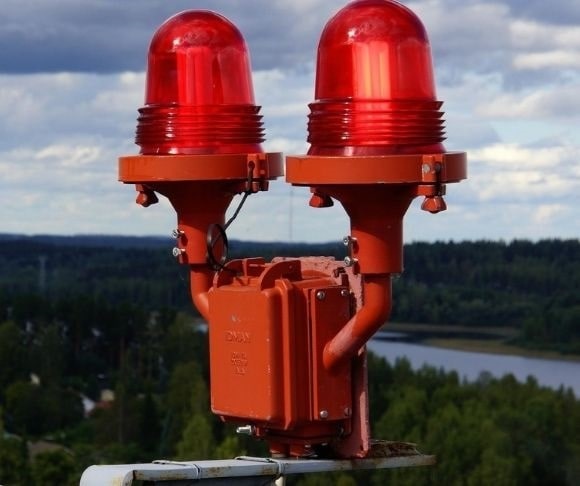Will the US economy go through another recession two years after suffering the sharpest but briefest postwar downturn? Money supply growth has slowed down, interest rates are beginning to increase, economists are anticipating slower gross domestic product growth, and the financial markets are stumbling. Wall Street’s favorite and most reliable indicator – the yield curve inversion – is flashing red. But some market analysts and economists are debating its accuracy in this environment.
What the Heck Is an Inverted Yield Curve?
In recent trading sessions, financial markets have been concentrating on what is presently unfolding in the US bond market. Right now, the two-year note provides a higher rate than the benchmark ten-year Treasury, while the five-year Treasury gives investors a better yield than the 30-year government bond. This is known as an inverted yield curve.
The flip is not normal since bonds with longer maturities generally consist of higher interest rates than short-term vehicles. What this trend in the Treasury market reflects is poor market sentiment and uncertainty surrounding the future, suggesting that a recession is on the horizon.
Market analysts purport that this is a dependable signal that a slump is nigh since it has accurately predicted all but one recession since 1950. The last three inversions occurred right before the recessions of 2001 (422 days), 2007-2009 (571 days), and 2020 (163 days). So, is it all but certain that an economic contraction is imminent? It depends on whom you ask.
Caution Ahead
The Federal Reserve is engaged in a juggling act: raising interest rates to fight inflation while also supporting the post-pandemic economy. This can be hard to achieve since monetary expansion is necessary to sustain an expanding GDP. But the markets anticipate a slowdown, explained by the expectation that the US central bank will cut interest rates sometime in the second half of 2023.
That said, there is a consensus on The Street that this time it is different regarding the inverted yield curve. While the inversions should not be ignored, they are not guaranteed to result in a recession, says Marc Seidner, the CIO of non-traditional strategies at Pacific Investment Management Co.
“A yield-curve inversion should never be dismissed just because the backdrop has changed,” he said in a research note, adding that the latest developments might be “signaling caution, rather than recession.”
 “Does this mean a recession is imminent? No, but it is a risk to monitor,” Seidner said. “Pimco is calling for above-trend growth and a gradual easing of inflation pressures from higher peaks in developed market economies. However, the risks of higher inflation and lower growth have increased, along with the risk of recession in 2023.”
“Does this mean a recession is imminent? No, but it is a risk to monitor,” Seidner said. “Pimco is calling for above-trend growth and a gradual easing of inflation pressures from higher peaks in developed market economies. However, the risks of higher inflation and lower growth have increased, along with the risk of recession in 2023.”
In a note to clients, Morgan Stanley strategists averred that investors “are learning to live with yield curve inversion,” explaining that this event “is not sufficient to argue for heightened recession risk in the near term.” But the bank’s CIO Mike Wilson contends that there might be one next year, leaving equities “to trade defensively” because “we’re late cycle.”
The base case for UBS Global Wealth Management is that “the US economy can avoid a recession.” Marc Chandler, the chief market strategist at Bannockburn Global Forex, argued that “market participants do not believe that the inversion is necessarily a harbinger of a recession.” JPMorgan Chase is not penciling in a recession, but the Wall Street titan does argue that it could be an indicator that “we are transitioning from middle stages of the cycle to the later stages of the cycle.” Others propose waiting to determine if these inversions will linger or be blips on the radar before losing our minds.
Goldman Sachs recently generated business headlines when it raised the odds of a recession to 35%.
What Do the Austrians Say?

(Photo by Martin Bialecki/picture alliance via Getty Images)
In all of this analysis from the smartest men and women in the room, none of it includes the distortions and manipulations that have taken place from the start of the COVID-19 program. Since the beginning of the once-in-a-century public health crisis, the Federal Reserve and central banks worldwide have injected trillions of dollars into the economy in just two years. Even now, when compared to previous periods, monetary policy is still highly accommodative.
Ultimately, short-term rates are adjusting because of supply and demand, highlighting that there could be an increase in the demand for loanable funds or a drop in the supply of credit. Considering that money supply growth in February rose 7%, it might be a case of greater demand. In addition, Austrian economics tells us that when there is artificial credit driving the boom period in a late-stage cycle, the economy is poised for a reversal.
In the end, the coronavirus pandemic and fiscal and monetary policies’ responses changed the way everything performs. Nothing makes sense. When the world has been turned upside down, everything we have become accustomed to turns into a different entity. As Woody Allen writes in Husbands and Wives: “It’s the Second Law of Thermodynamics: Sooner or later everything turns to s–t.”




